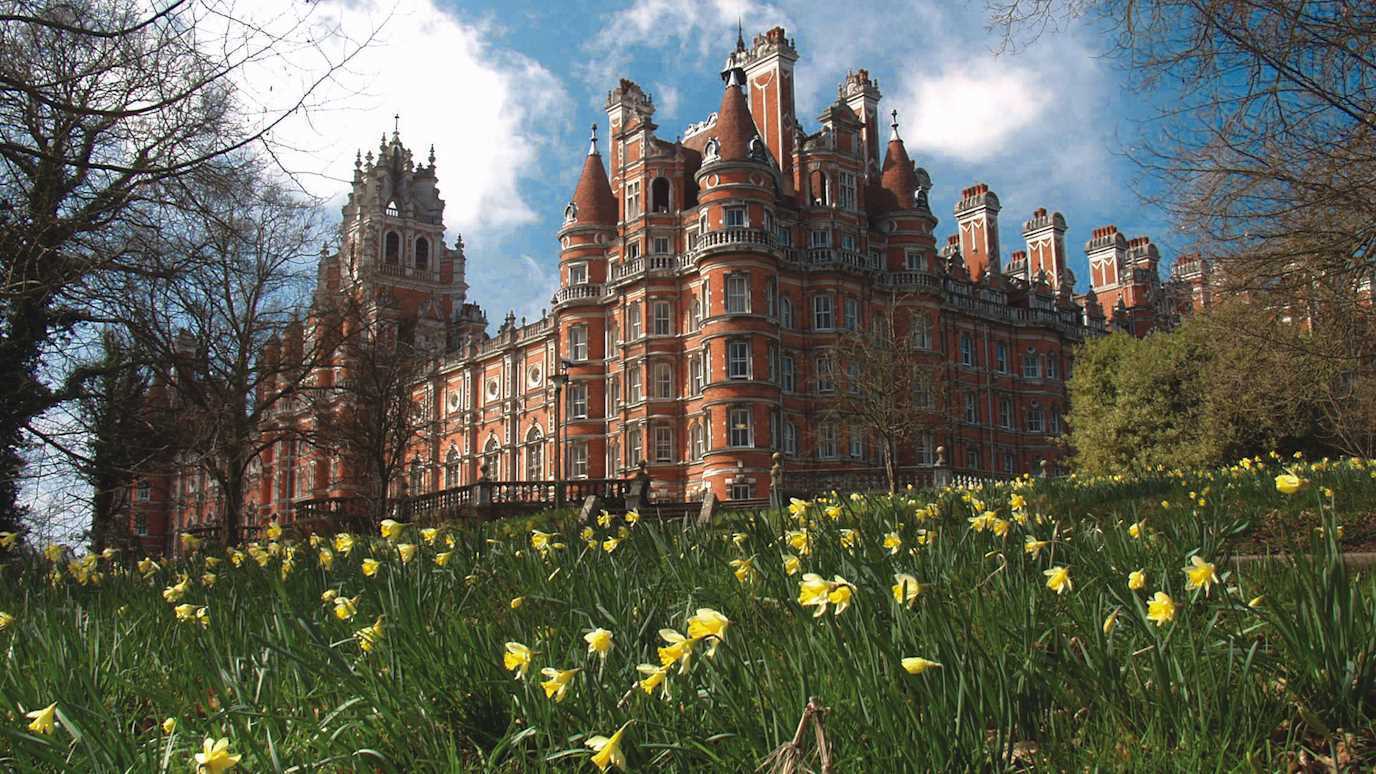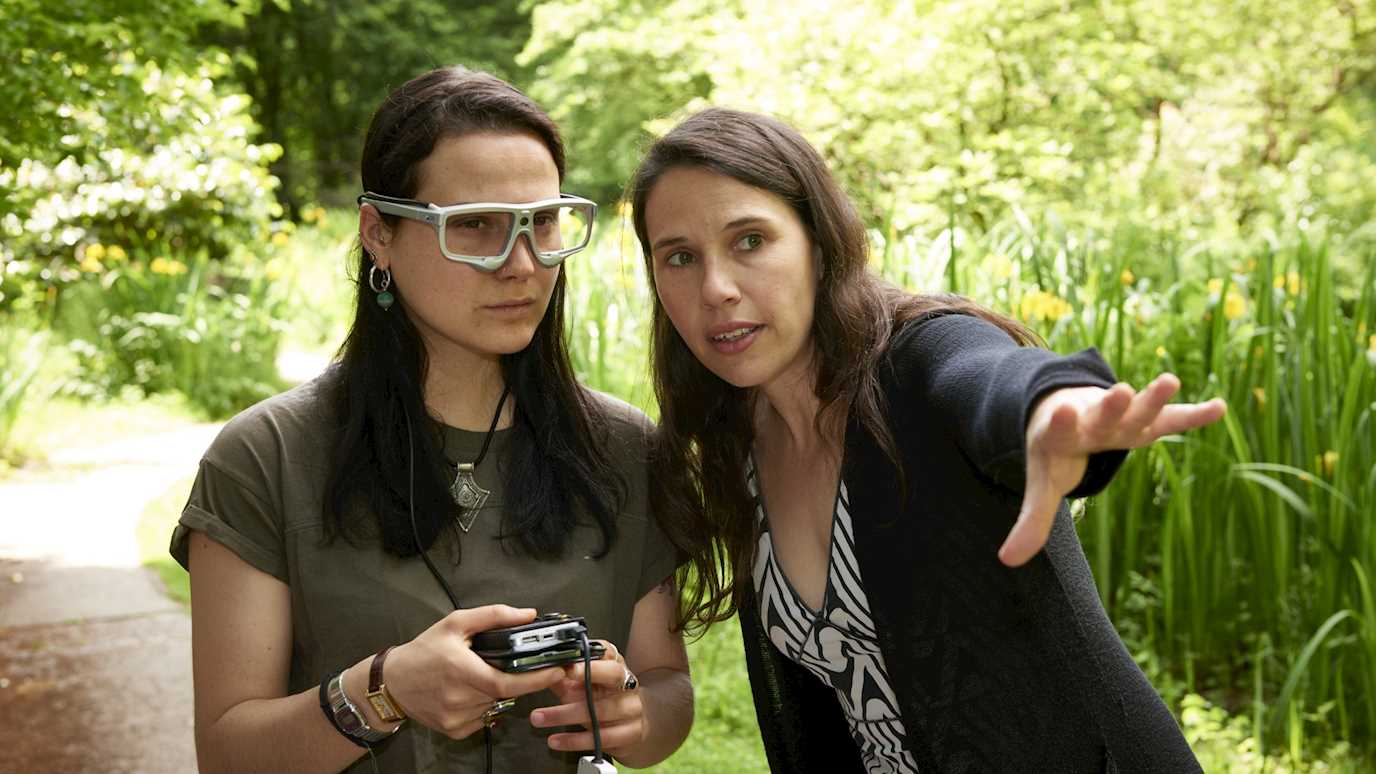Professor Sarah Ansari – A novel (and film) about India, Indians and the Raj
David Lean’s film version of EM Forster’s novel A Passage to India by was the last in a clutch of TV and feature films produced in the early 1980s and set in India under British rule (aka the Raj).*
Salman Rushdie for one argued that these represented an combined effort to ‘refurbish’ the Empire’s ‘tarnished image’, and so they needed to be understood in the broader context of late twentieth-century British politics. With debates about ‘Empire’ and ‘decolonising the curriculum’ currently high on the agenda of many historians (and others), it is interesting to explore Foster’s novel (available on Kindle for £0.99) through a historian’s lens, to see what it can tell us about the impact of British rule on India and contemporary responses to this.
* See if you can track down what the others were!
Questions:
- Forster started writing A Passage to India in 1912, but he only completed it in 1924, something that made an impact on the novel’s underlying tone. Why do you think that this was the case? Hint: you will need to consider India’s role in the First World War and the political responses that this helped to generate on the part of Indians!
- It is significant that Forster makes two English women – Miss Quested and Mrs Moore – the main outside observers in his novel. How far are their experiences/observations useful in helping historians to identify the hierarchies and divisions – such as ethnicity, gender, and social class – that operated India under the Raj?
- The central question posed by A Passage to India is whether in the context of Empire an Englishman and an Indian could really ever be friends! See if you can compare the ending of Forster’s novel with how Lean’s film ends. How do they differ, and more importantly, why do you think that they are different?





















